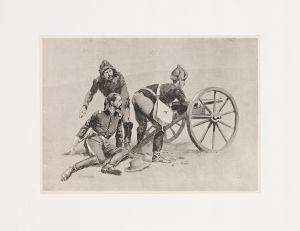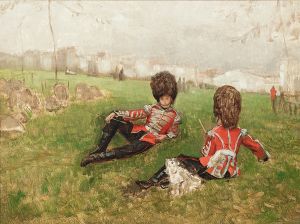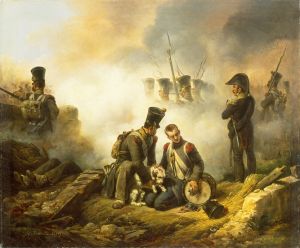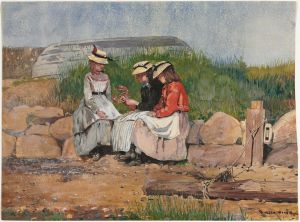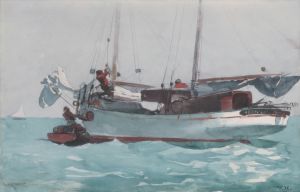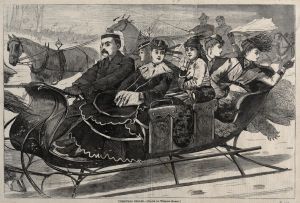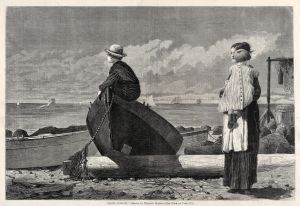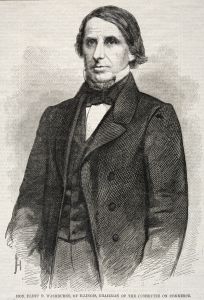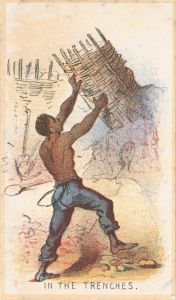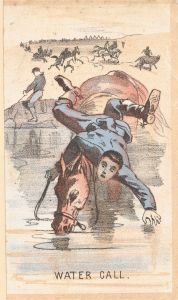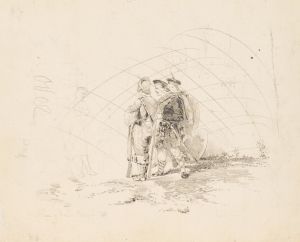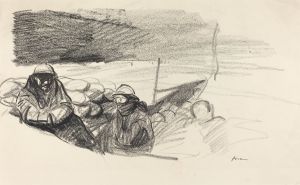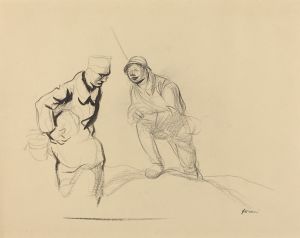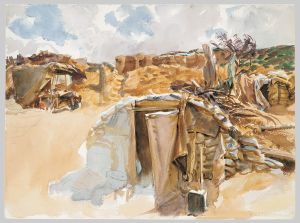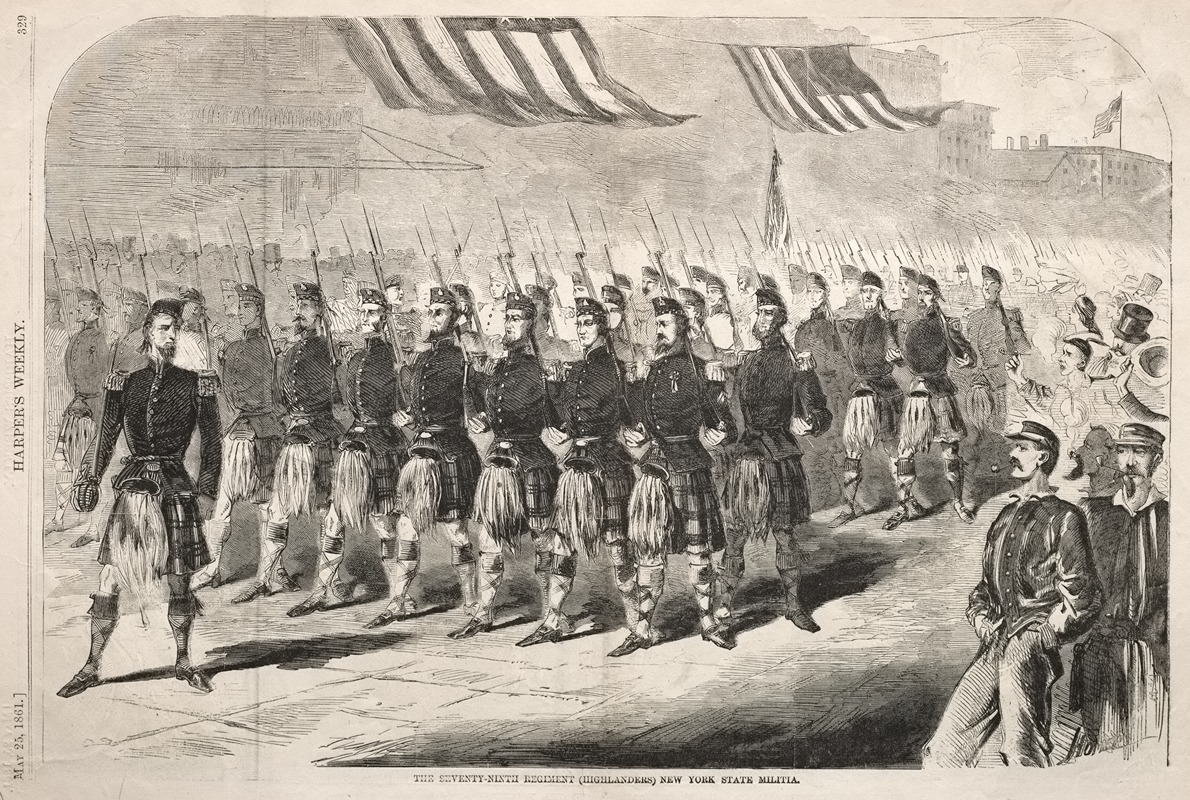
The Seventy-Ninth Regiment New York State Militia
A hand-painted replica of Winslow Homer’s masterpiece The Seventy-Ninth Regiment New York State Militia, meticulously crafted by professional artists to capture the true essence of the original. Each piece is created with museum-quality canvas and rare mineral pigments, carefully painted by experienced artists with delicate brushstrokes and rich, layered colors to perfectly recreate the texture of the original artwork. Unlike machine-printed reproductions, this hand-painted version brings the painting to life, infused with the artist’s emotions and skill in every stroke. Whether for personal collection or home decoration, it instantly elevates the artistic atmosphere of any space.
"The Seventy-Ninth Regiment, New York State Militia: Leaving for the Seat of War" is a painting created by American artist Winslow Homer in 1861. This work is one of Homer’s early pieces and reflects his engagement with the events of the American Civil War, which began that same year. The painting was originally published as a wood engraving in the August 17, 1861, issue of Harper’s Weekly, a popular illustrated newspaper of the time.
The artwork depicts the departure of the 79th New York State Militia, also known as the "Highland Guard," as they prepare to leave New York City for service in the Civil War. The regiment was notable for its Scottish heritage, and many of its members were immigrants from Scotland. This cultural connection is reflected in their distinctive uniforms, which included tartan elements and kilts, though these features are not prominently detailed in Homer’s engraving.
Homer’s composition captures the emotional and social atmosphere of the moment, showing soldiers in formation as they prepare to march, while civilians gather to bid them farewell. The scene conveys a mix of patriotism, solemnity, and the personal sacrifices associated with war. The figures are rendered with a sense of immediacy, emphasizing the human dimension of the conflict. Homer’s ability to document such scenes with both artistic skill and journalistic accuracy contributed to his growing reputation as an illustrator during this period.
At the time of the painting’s creation, Winslow Homer was working as a freelance illustrator, and his assignments often involved documenting the Civil War for publications like Harper’s Weekly. This experience would later influence his transition to fine art, as he became one of the most significant American painters of the 19th century. While this particular work was created in the context of his illustration career, it demonstrates Homer’s keen observational skills and his interest in the human stories behind historical events.
The 79th New York State Militia itself went on to serve in several key battles during the Civil War, including the First Battle of Bull Run. The regiment’s service and distinctive identity made it a subject of public interest, which likely contributed to Homer’s decision to depict their departure.
This painting is an example of how Winslow Homer’s early work as an illustrator intersected with the broader cultural and historical narratives of his time. It remains a valuable visual record of the Civil War era and reflects the artist’s developing style and thematic interests.





